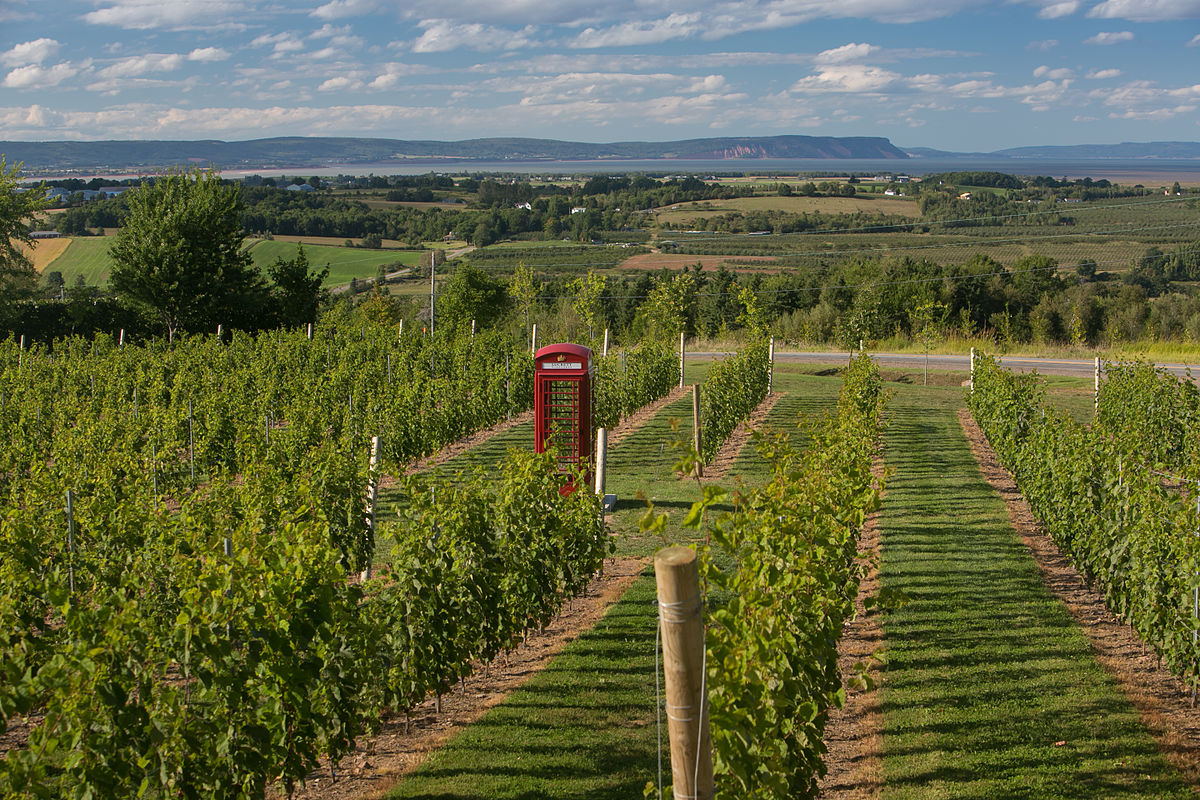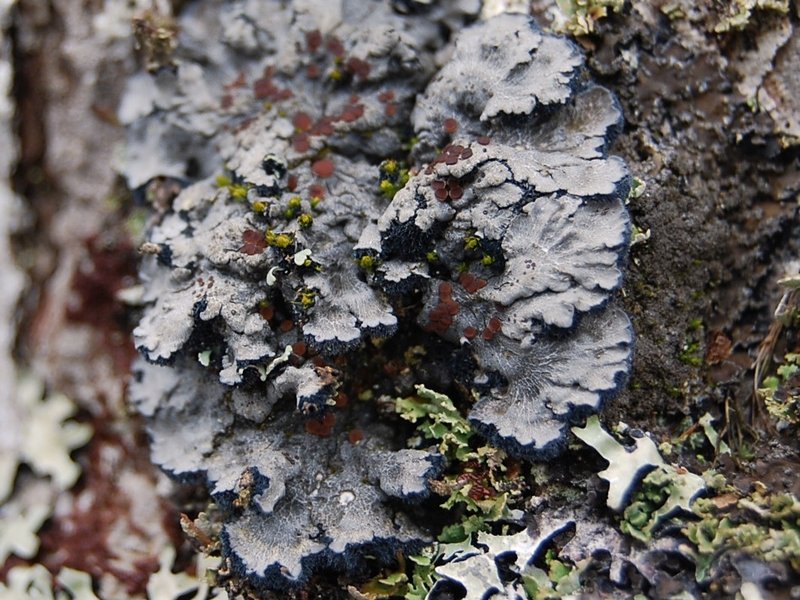Kentville Research and Development Centre has recently constructed a winery as part of the Agriculture & Agri-Food Canada (AAFC) research facility. This newly developed site is now dedicated to Canadian wine research in collaboration with local grape growers and industry professionals. This fall, I completed my co-op work term working with the food microbiology lab, which was aiming to perform microbial analysis as a part of the winery research.
Introduction to the Nova Scotia Wine Industry
A recent increase in vineyards and wineries in colder climates across Canada, including NS, has motivated AAFC to invest in wine related projects. Those who grow wine grapes in colder climates faces unique challenges, as this crop is not ideally suited to our environment. Wine grapes require high heat units during the summer to achieve the high levels of sugar needed for wine production. From a microbiologist’s perspective, we can improve wines regardless of the growing conditions by altering the microbial community in wine prior to, or during, fermentation. Fermentation is the process of adding a commercial yeast that has been specifically selected for its ability to convert sugar into alcohol under anaerobic (without oxygen) conditions. Although we know the best commercial yeast for this process is Saccharomyces cerevisiae, there are a plethora of wild yeast species present on wine grapes that may contribute not just alcohol, but other enzymes and metabolites that may improve wine flavour or aroma. However, the potential of these non-saccharomyces species is greatly unexplored, particularly their potential commercial application. The goal of the project I worked on was to find yeast strains that could improve NS wine quality through the modification of the microbial population in wine during fermentation.
Grape Sample Collection
Grape harvests from numerous vineyards across NS were brought to Kentville for research purposes, and grape samples underwent microbial analyses. Grapes were diluted with water and crushed. This juice-like mixture is then used to inoculate agar media where the yeasts present on the grapes will grow. Any excess grapes from these harvests were used for spontaneous fermentations, which is a process where grape juice is put directly into a sterile container and sealed with a fermentation lock, with no Saccharomyces species added. This allows the wild yeasts present on the wine grapes to proliferate, and samples can be taken from it to observe the microbial population as well as sampling to assess the chemical properties of the naturally fermented wine.
Yeast Isolation, Purification & Identification
Once the yeasts have grown, colonies of interest are taken off the agar media and grown on a separate media to isolate the sample. These isolates are frozen until characterization tests can be completed. Characterization testing assesses whether the isolate is suited for wine-making. The ideal yeast for wine-making has a high alcohol tolerance, a high SO2 tolerance, no H2S production, is positive for glucosidase activity, and positive for protease activity.
BiGGy agar is formed when isolates are spiral plated onto BiGGY agar plates. This is done to test for H2S production, which can give the wine an unpleasant aroma and flavour. These characteristics are evaluated by the following tests:
Glucosidase agar test: Radial streaks on a differential/selective agar to determine beta glucosidase production. Beta glucosidase maximizes the aromatic potential in wine by converting odorless bound terpenes into aromatic free terpenes by cleaving bound glucose.
Protease agar test: Radial streaks on a differential/selective agar to determine protease enzymatic activity. Proteases stabilize proteins in wine which can reduce ‘protein haze’, an aesthetic fault of white wines where the wine has an opaque appearance.
Alcohol tolerance test: Tubes of media containing increasing levels of alcohol (up to 20%) are inoculated and run through a 48-hour bioassay. Alcohol tolerance is important for the survival of the microbes during fermentation as the alcohol content of the wine gradually increases.
SO2 tolerance test: Tubes of media containing increasing levels of SO2 (up to 60%) are inoculated with each isolate and run through a spectrophotometer. SO2 tolerance is important due to the use of sulphites in wine as a sterilization measure, so species of interest must be able to survive this process to contribute to the wine during fermentation.
If the isolates have the desired results for these tests, they are sent for DNA identification.
Fermentation Trials
To observe how the selected yeasts react to being in wine, the selected yeast strains are added to a must inoculum (artificial wine) and fermented. Two trials were completed per yeast strain, one with a Saccharomyces co-fermentation, where the selected yeast strain was in competition with Saccharomyces cerevisiae to observe how the two microbes interacted with each other; as well as a trial with the individual yeast strain fermenting alone.
Chemical Analysis
Once the fermentation trials were complete, the chemical analysis of the resulting concoctions was performed. The chemistry analyzed was volatile acidity, a component in wine that can result in a very unpleasant taste or aroma. Total acidity, which can be a pleasant contribution to wine depending on the type/amount of acid present, as well as alcohol content, which would ideally be around 8-12% .
Conclusion
Since this is an ongoing project, there are no conclusive results; but 49 yeast isolates have demonstrated positive effects on wine quality. These isolates have the potential to be added to the commercial winemaking process in Nova Scotia to improve the overall flavour profile of the current wines being produced in this province.
Laura Porter-Muntz is a fourth year Biology (Co-op) student and Science Editor of The Athenaeum




